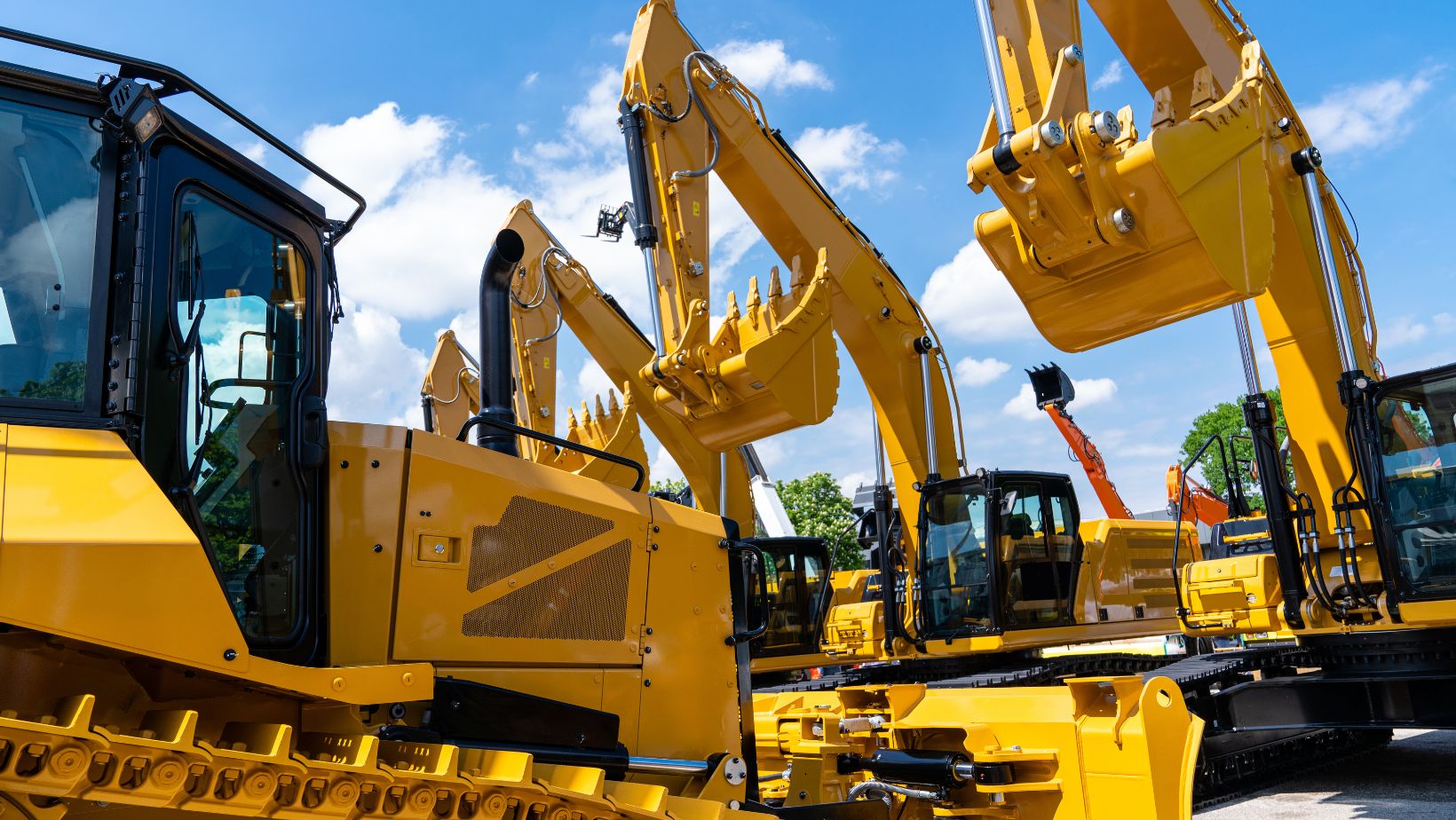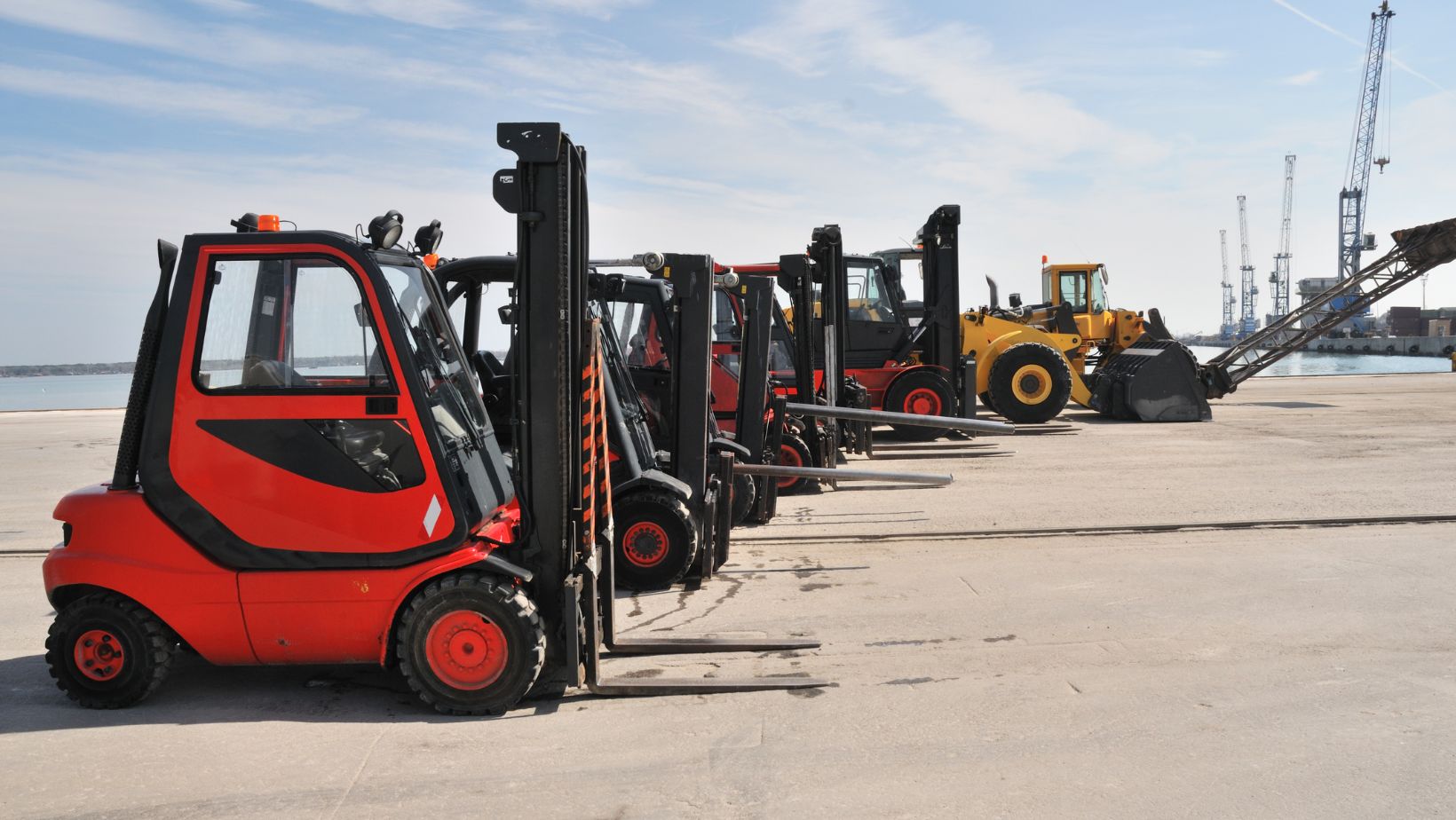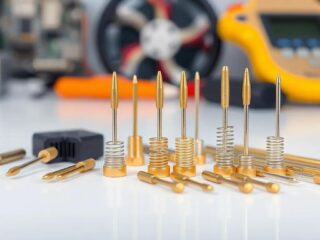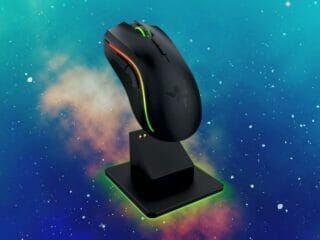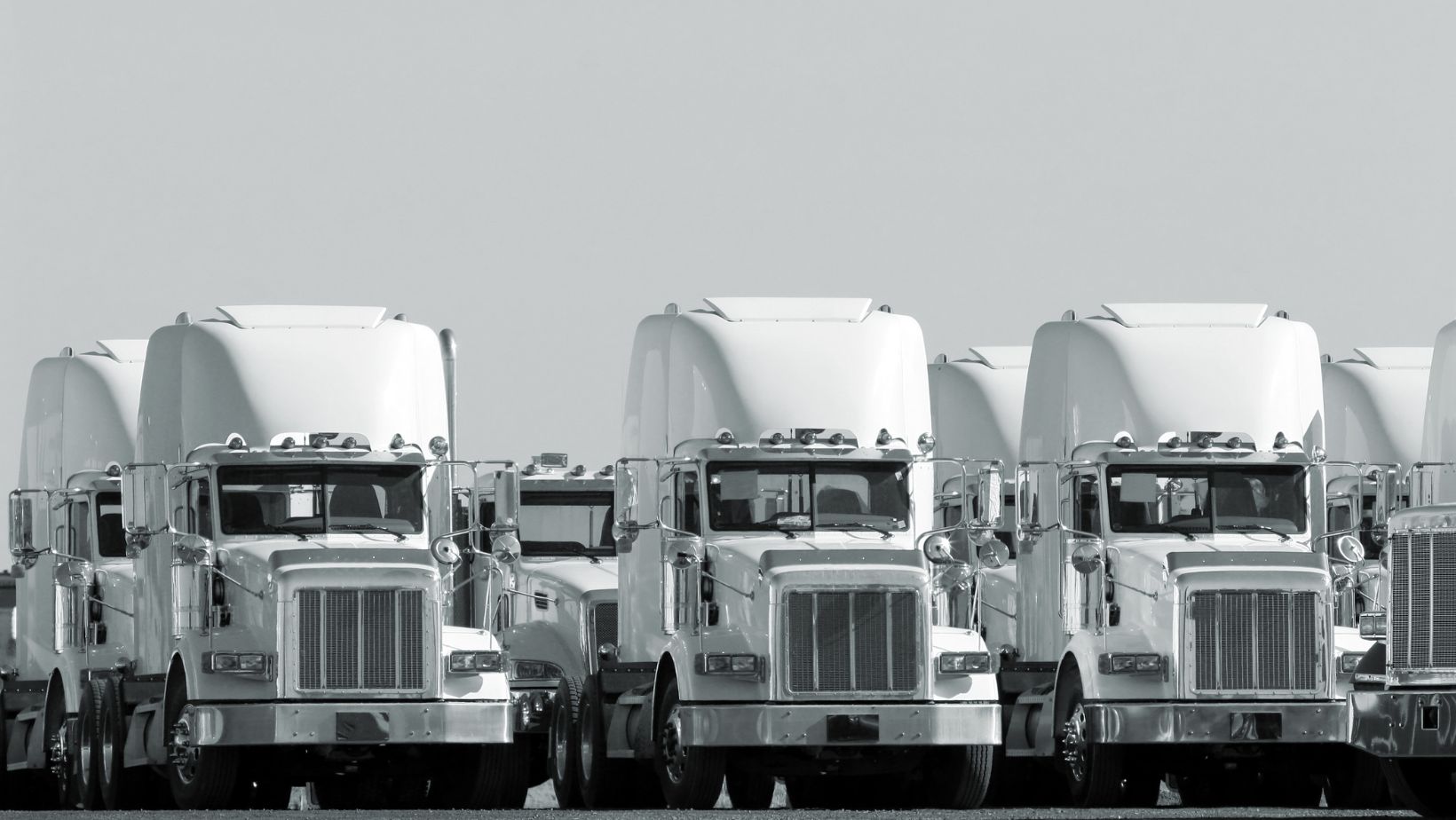
If you are engaged in construction, installation work or operation of facilities, you know very well that without modern and reliable equipment it is impossible to compete effectively today. Equipment is becoming more than just an auxiliary resource – it is turning into the foundation of productivity and sustainable development. Therefore, the formation of your own fleet of machines is a strategic decision that will affect the profitability of your business for many years.
A properly structured approach to the selection and purchase of equipment will allow you to reduce costs and increase the speed of order fulfillment, as well as guarantee stable quality under any conditions.
Determine Your Business Needs
The first step is to analyze the current tasks that your company faces. How often do you need lifting equipment? What facilities do you service – warehouses, residential buildings, or maybe industrial complexes? How many teams do you have working at the same time?
In addition, you should consider seasonal fluctuations, expansion plans, and customer specifics. All these parameters will help you make an informed choice when purchasing equipment. Thus, your future fleet will not just be a set of machines, but a well-thought-out system that meets the real needs of the business.
Where to Start: Inexpensive and Universal Solutions
If you are just developing a direction that is related to high-altitude or transport work, it is reasonable for you to start with small-sized and trailer solutions. Such equipment often does not require a separate license or significant maintenance costs, and at the same time solves a wide range of problems.
You can use it for facade work, maintenance of street communications, or installation of structures. It will also be easy to transport and quickly adapt to different sites. This is the kind of start that will allow you to pick up the pace and not risk your investments.
How Do You Know It’s Time to Expand
As the number of projects grows and technical tasks become more complex, you will face the need to increase the lifting capacity and height. At this point, you should consider purchasing more powerful and multifunctional solutions – telescopic handlers, scissor lifts or articulated boom lifts.
Such equipment will give you greater flexibility: it is used on construction sites, during roof installation, as well as in logistics centers and in production. In addition, modern machines are easily adapted to non-standard conditions: rough terrain, limited spaces, or intensive work mode.
How to Choose Equipment That Will Really Work for Your Business
Before purchasing equipment, it is important to analyze its main characteristics. Additionally, it is worth studying the manufacturer’s reputation. It is better to give preference to those brands that have proven themselves in conditions close to yours. First of all, pay attention to:
- Height and lifting capacity;
- Range of the boom or platform;
- Drive type and fuel consumption;
- Dimensions and weight;
- Availability of spare parts and service.
New or Used Equipment: Which Will Be More Profitable
At the initial stage, it is not always possible to invest in new equipment. In this case, you can consider used options. They will be cheaper and will pay off faster, especially if you check their technical condition and get an honest history of operation.
At the same time, new equipment will allow you to reduce the risk of breakdowns, get a guarantee, and also implement more modern solutions – for example, monitoring systems, telemetry, and automatic stabilization. The choice depends on your financial capabilities and tasks. Some companies find a reasonable balance – they start with used equipment and then switch to new ones.
Why Investing in Your Own Fleet Is Better Than Renting
Renting may seem like a convenient option, especially if you are just entering the industry. However, with regular use, the equipment pays for itself faster if it is yours. You will be able to flexibly plan your workload, not depend on other people’s schedules, and not overpay for every hour of work. As a result, you will be able to compete effectively even in highly competitive segments. Thus, your own fleet:
- Increases your profitability;
- Strengthens the company’s image;
- Simplifies logistics;
- Ensures the quick launch of new facilities.
How Zuma Sales Help You Form a Profitable Fleet
Zuma Sales specializes in the selection and sale of lifting equipment for business. If you decide to form your fleet of equipment, you can count on their expert support.
Managers will help you determine what machines your business needs and select the best models based on your budget, tasks, and operating conditions. Zuma Sales offers both new and used equipment, provides a warranty, and organizes service support.
Cooperation with such a partner will save you from risks and reduce the time it takes to select equipment. Instead of tedious searches – specific solutions will start working for your results from the very first days.
Final Thoughts
Your equipment will become not just an investment, but a tool for stable growth. With its help, you will complete projects faster, take more orders, and be confident in deadlines. Competent operation and partnership with an experienced supplier will allow you to increase business profitability and reach a new level. Forming a profitable fleet is not a one-time purchase, but a consistent strategy. And if you start today, tomorrow you will feel the difference in the quality of work and financial results.

